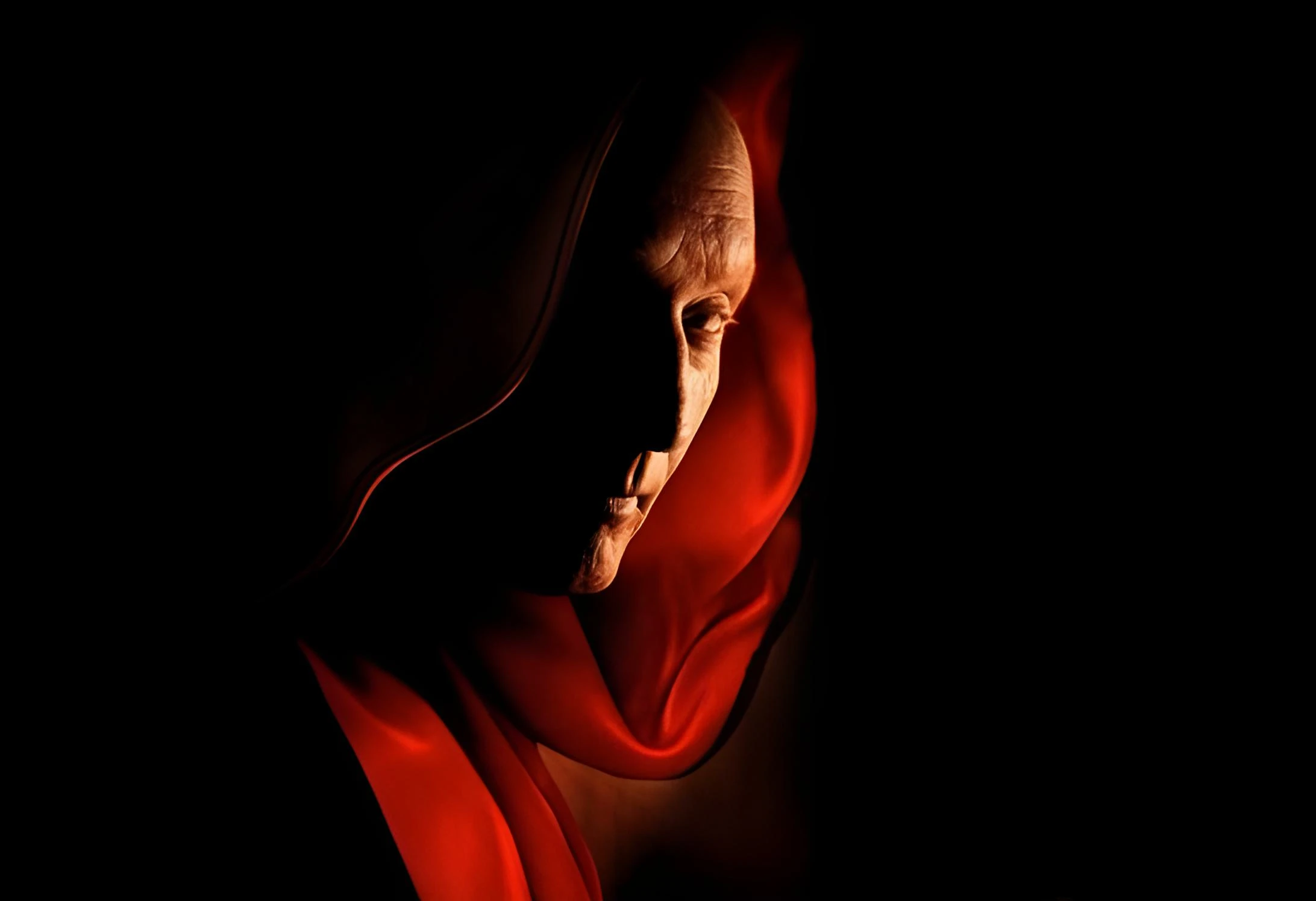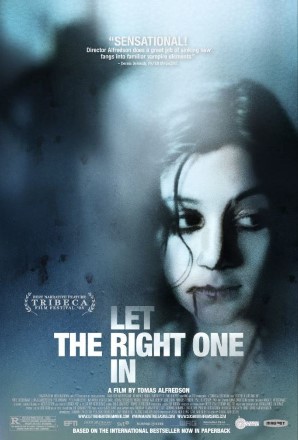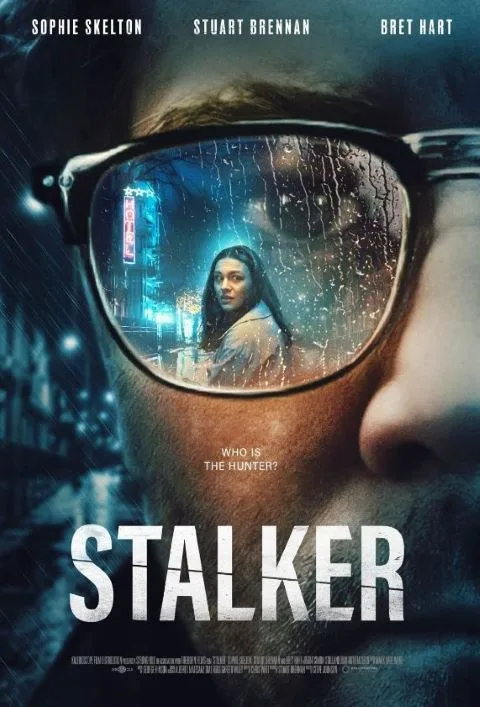Saw 3 – A horror movie review a day Halloween 2025 - October 25th
Welcome to Knockout Horror. It’s day 25 of our 31 days of Halloween 2025 movie-review-a-day feature. All the way back in the early 2000s, two relatively unknown filmmakers came up with an idea to produce a horror movie on a shoe-string budget. They had no budget to speak of and no studio backing them up. They set about writing a film that was so simplistic and limited in scope that it could feasibly be made for very little money.
The bulk of the action would take place in one room. The horror would come from self-contained traps rather than elaborate and expensive set pieces. And the majority of the world building would play out via dialogue between just two characters. It was fiendishly simple and, above all else, genuinely scary.
Those filmmakers were James Wan and Leigh Whannell and that script was Saw. The success of the movie was immediate and, two decades later, the series is ten entries deep. The crazy thing is, Saw was supposed to be a one and done. Today we are taking a look at the third entry into the gorno series – Saw 3.
An Accidental Trilogy
Saw 3 picks up on the Amanda (Shawnee Smith) and Jigsaw relationship that we saw in the second Saw movie. Amanda is working as an apprentice for Jigsaw. She has been instrumental in helping him set up his traps and capture his victims. The next in line to play a game is Jeff (Angus Macfadyen). A man consumed by bitterness after the death of his son in a car accident. Jigsaw (Tobin Bell) is dying so Amanda kidnaps a doctor, Lynn (Bahar Soomekh), to help keep him alive while the game plays out. Little does she realise what the true meaning of the game actually is.
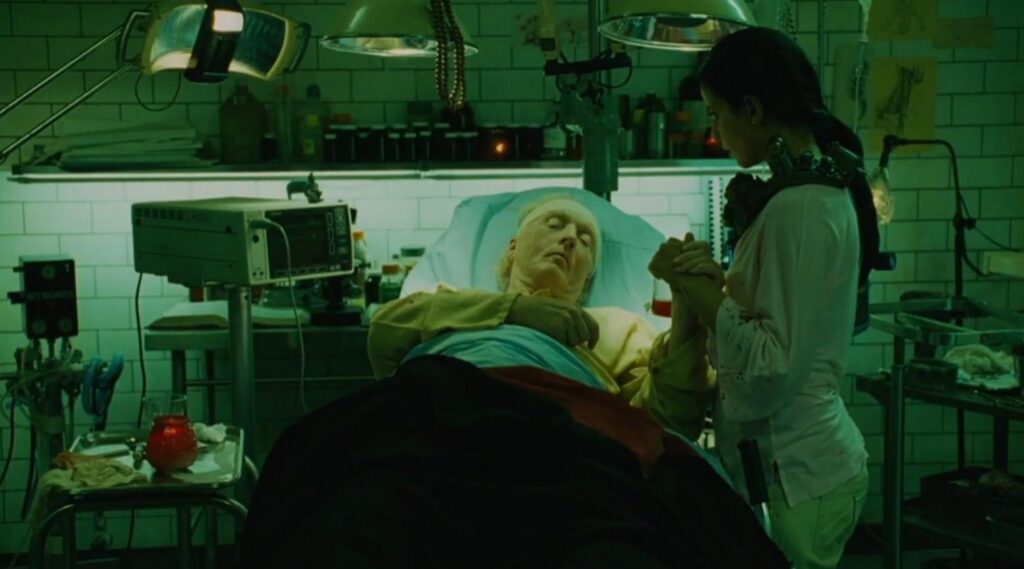
As I mentioned earlier, Saw was never intended to be this huge franchise. It was the overwhelming success of the first movie that led to a sequel being green-lit almost immediately. Despite a number of events taking place in the first movie that hint at deliberate efforts to provide a continuing narrative arc, nothing was ever expected to come of the script.
While Saw 2 takes place, for the most part, in a manner which felt disconnected from the first film. It wraps up in a way that suggested that the story was actually planned in advance. Saw 3 features even more of these traits. In fact, the first movie is referenced frequently; almost to a point of ridiculousness. Much of this is thanks to some of Whannell’s clumsy writing.
It’s hard to believe that this series wasn’t planned out as a trilogy from the get go. The truth is, James Wan had already moved on to greener pastures after the first movie. He had no intention of returning. The sequel was passed on to Darren Lynn Bousman in both directing and story roles. Whannell returned to provide some later rewrites.
The Grieving Father and the Dying Philosopher
It was actually the sudden death of the first movie’s producer, Gregg Hoffman, that brought James Wan and Leigh Whannell back to the fold. They decided to return for the third iteration as a tribute to Hoffman after initially having no interest in any kind of involvement. With this in mind, it’s quite easy to see why they wanted to tie Saw 3’s story back to its roots. This was their baby, after all.
With the above having been said, Saw 3 features a mainline story that is slightly disconnected from the actual overriding arc of the series itself. Jeff is a man consumed by thoughts of vengeance after his son was hit by a car. His life is falling apart and so Jigsaw decides to put him through a test to see whether he can learn to forgive people and move on.
Jigsaw himself is a far more prominent feature of this film. Naturally, Saw 2 leaned into the character much more, having realised the potential for marketing an iconic horror villain after the success of the first film. Saw 3 continues this trend and he spends a lot of time onscreen.
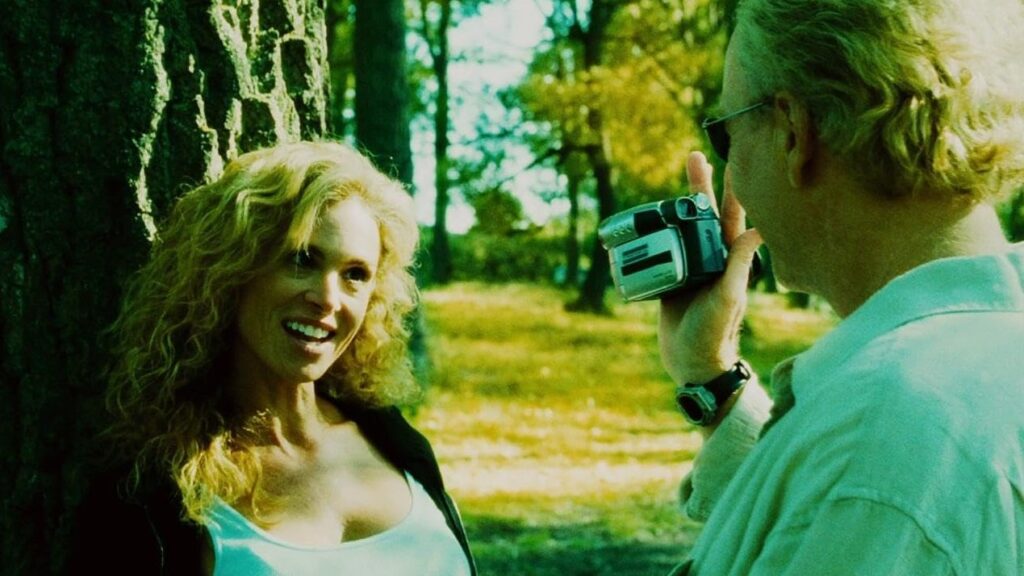
We flit between Jeff’s journey through the labyrinthian maze that hosts his game and the room where Jigsaw is clinging onto life. This is, naturally, a good thing as he is an utterly compelling character with his skewed sense of morality and riddle-like manner of speaking.
Amanda has kidnapped a doctor to help keep Jigsaw alive. Lynn has her own share of problems. The shotgun collar around her neck, that threatens to detach her head from her body should Jigsaw’s heart-rate fall to zero, probably isn’t helping matters. Needless to say, it’s all going to tie up into one neat little bow towards the end.
When the Plot Gets in the Way of the Games
It’s fairly interesting stuff, albeit a little bit messy. As I said, the story will all tie together right at the end but this means we are going to be hit with a lot of exposition. So much so, in fact, that we are bombarded with flashback after flashback throughout the film.
Whannell decides to explain the entire story as if the viewer is an alien who just arrived on earth and knows nothing of the franchise. He even cuts back to scenes that took place only moments before on a couple of occasions.
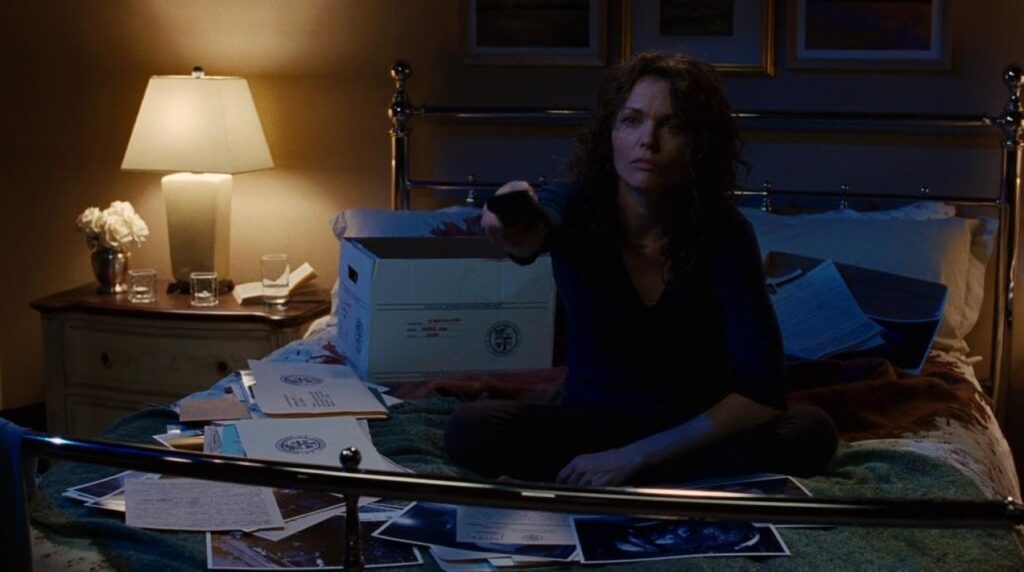
There’s a lot of events from the first film that were merely coincidence then but are now crucial plot points. There’s also some stuff from the latter stages of the second film that need elaborating on, too. Whannell’s script almost suggests he isn’t quite comfortable with how these things fit together. Meaning he goes to extra lengths to convince the viewer that this was always how it was intended to be.
It’s, frankly, a bit distracting and does serve to drain the movie of tension on a few occasions. I really don’t feel like a story like this needs all that much in the way of pretense or plot. We are here for the games, after all. It’s hard not to be impressed by how the writers managed to draw everything together but it all feels a bit extra.
The final scenes are comically over the top, as well, thanks to the need to explain three movies worth of lore. You can tell that Whannell wanted to close the door on this series right here. As it stands, the production company forced him to leave it open ended as they had already decided to go ahead with the fourth film.
Gorno Fans Rejoice (But the Acting’s a Mixed Bag)
Let’s get back to the shining star of the Saw movies – the traps. The way in which Saw 3 differs from the previous iterations is in how much nastier that traps are. The previous movies featured games that were, at least on the surface, winnable. Saw 3’s traps share none of that optimism. These are ruthless and some of the most wince inducing in the series.
Naturally, I won’t spoil them, but Wan and Whannell were in their bag here. Bones twist, bodies are frozen, chests are splayed. It’s absolutely gruesome stuff and some of the moments genuinely make you want to turn away from the screen. One trap involving a freezer is among the most horrifying in the series without ever being all that gory or violent.
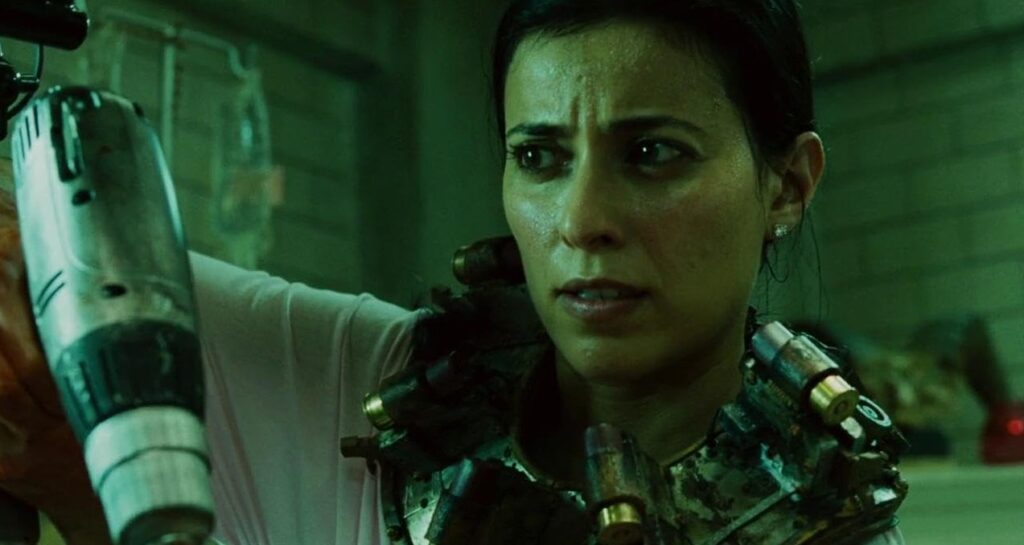
Generally speaking, the traps are less interesting and far less drawn out. This can leave fans who are here for creativity a little disappointed. This time, the goal is to create as much blood and bone breaking as fast as possible, rather than giving the victims a genuine chance to mull things over. With that being said, gorno fans will be in heaven.
Acting is generally fine. I didn’t think Bahar Soomekh did a particularly good job. She lacks the emotional range capable of reflecting Lynn’s predicament. Shawnee Smith is pretty awful as Amanda. She’s so wooden that she frequently undermines the role. Amanda never worked for me as a main character, anyway. Tobin Bell is fantastic, as always. It was nice to see brief appearances from Dina Meyer as Detective Kerry and Donnie Wahlberg as Eric Matthews.
Should You Watch Saw 3?
Saw 3 features some of the most brutal traps in the series so if you are looking for gore, you will have a great time. The story is impressive for how well it ties together a number of loose ends. Describing it as good would be another thing. The writing is sloppy and there is so much exposition-dumping that it detracts from the tension quite heavily. There’s a distinct sense that this is a story being stretched beyond its limits but that doesn’t stop the traps being a ton of fun.
Our Scoring Philosophy: A Fair Fight
Horror is a genre that thrives thanks to indie film makers and low budget creators. At Knockout Horror, we firmly believe that every movie that we review deserves a fair fight. That's why we grade on a curve. Our star ratings are all about context, judging a film on what it achieves with the resources it has.
A 4-star rating for a scrappy indie horror made for $10,000 is a testament to its ingenuity and raw power. A 4-star rating for a $100 million blockbuster means it delivered on its epic promises. We don't compare them side-by-side; we celebrate success in every weight class, from the back-alley brawler to the heavyweight champion. Please keep this in mind when considering star ratings.
Disclaimer: Images, posters, and video stills used in this review are the property of their respective copyright holders. They are included here for the purposes of commentary, criticism, and review under fair use. Knockout Horror makes no claim of ownership and encourages readers to support the official release of all films discussed.

